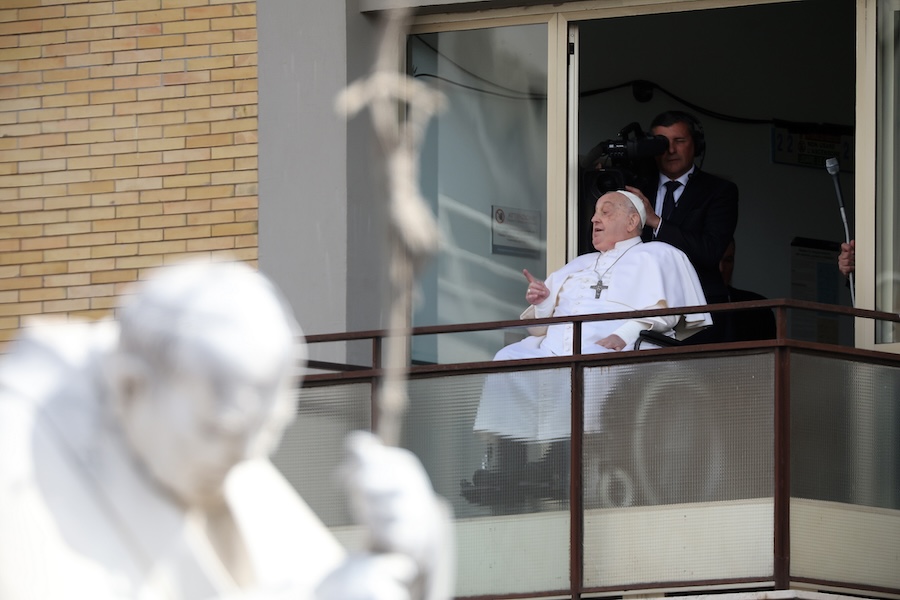Politics
NEW: Vatican Reveals Pope Francis’ Cause Of Death
Hours after confirming the passing of Pope Francis, the Vatican has now released both the official cause of death and details of the late pontiff’s final wishes, including a burial request that breaks from tradition.
In a medical report issued Monday evening, Dr. Andrea Arcangeli, Director of the Directorate of Health and Hygiene of the Vatican City State, certified that Pope Francis died as a result of a cerebral stroke that occurred overnight and led to a coma and irreversible cardiocirculatory collapse. Electrocardiographic thanatography was used to confirm the death.
Francis, who was 88, died early Monday morning at his residence at Casa Santa Marta inside Vatican City. His death came just one day after he appeared publicly in a wheelchair to deliver the annual Easter blessing at St. Peter’s Square.
The medical report also revealed that the pope had been dealing with a number of ongoing health challenges, including multimicrobial bilateral pneumonia, bronchiectases, high blood pressure, and Type II diabetes. He had been admitted to Rome’s Agostino Gemelli Polyclinic Hospital on February 14 for acute bronchitis, which later worsened into bilateral pneumonia.
After 38 days of hospitalization, he returned to his residence to continue recovery, one that ultimately proved short-lived.
WATCH:
In a surprising break from centuries-old tradition, the late pontiff requested to be buried not in St. Peter’s Basilica, where many popes lie in rest, but instead in St. Mary Major Basilica, one of Rome’s oldest Marian churches. According to the will released Monday, he asked for a simple underground tomb, marked only with the Latin version of his papal name: Franciscus.
Pope Francis, born Jorge Mario Bergoglio in Argentina, became the first Jesuit pope and the first from Latin America when he assumed the papacy in 2013. His decade-long reign was defined by sweeping reforms, fierce internal debates, and public efforts to shift the Church’s tone on inclusion and transparency.

Rome, Italy 23.03.2025: Pope Francis appears at the Gemelli Polyclinic in Rome for the Angelus blessing after a month of hospitalization for bilateral pneumonia.
From his first moments as pope, Francis signaled a different direction for the Catholic Church. He pressed for expanded roles for women, reshaped the Vatican’s finances, and launched a global conversation on climate change and social justice. His stances frequently drew criticism from more conservative cardinals and bishops, who accused him of blurring doctrine in pursuit of popular opinion.
Francis also sought to address the devastating sexual abuse scandals that had rocked the Church. Though he issued apologies and launched investigatory panels, critics often pointed to a lack of follow-through and transparency in some of the processes he set in motion.
His death came just hours after a private meeting with U.S. Vice President J.D. Vance, who later called the encounter one he would never forget.
“My heart goes out to the millions of Christians all over the world who loved him,” Vance said in a statement. “I was happy to see him yesterday, though he was obviously very ill. But I’ll always remember him for the below homily he gave in the very early days of COVID. It was really quite beautiful.”
Black smoke rising over the Vatican earlier Monday marked the traditional sign of a pope’s passing — a symbol as solemn as it is sacred.







